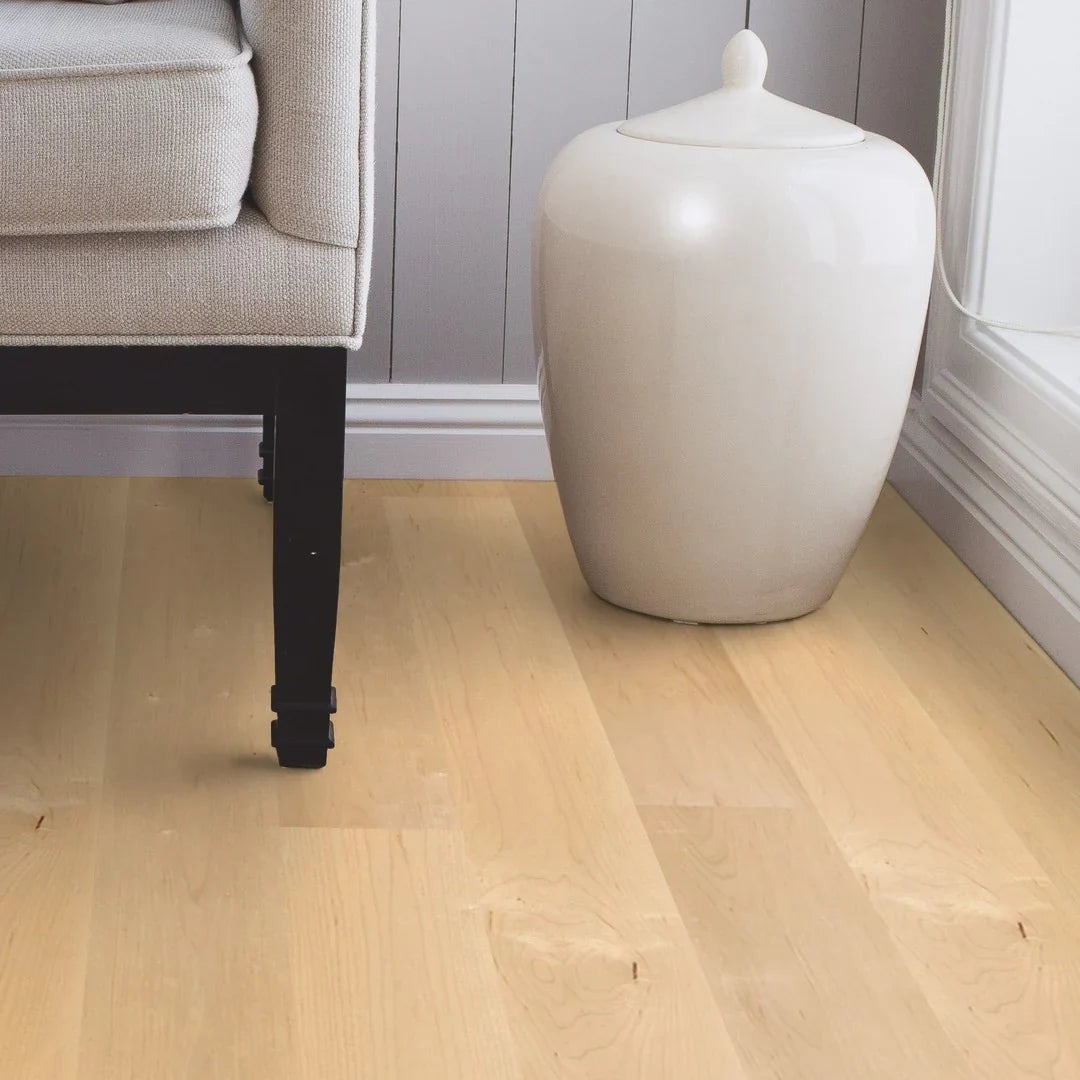
Author, Written by: P. Hirani (Wood flooring Expert)
When choosing wood flooring, one of the biggest debates is between engineered wood and solid wood. Both bring warmth, character, and timeless style to a home, but they differ in construction, durability, and lifespan. If you are considering wood flooring for your home or project, understanding these differences will help you decide which option truly lasts longer.
What Is Solid Wood Flooring?
Solid wood flooring is made from a single piece of hardwood, typically oak, maple, or walnut. Each plank is cut directly from the log, making it a natural and authentic choice. Solid wood floors have been used in homes for centuries and are often valued for their longevity and ability to be refinished multiple times.
Key Features:
-
100% hardwood throughout
-
Can last for decades when maintained properly
-
Can be sanded and refinished multiple times
-
Expands and contracts with humidity and temperature changes
What Is Engineered Wood Flooring?
Engineered wood flooring consists of a real hardwood veneer bonded to multiple layers of plywood or high density fibreboard. This layered structure makes engineered wood more stable and resistant to warping compared to solid wood.
Key Features:
-
Real hardwood surface with a stable core
-
More resistant to moisture and temperature fluctuations
-
Can often be sanded and refinished (depending on veneer thickness)
-
Suitable for underfloor heating systems
Which Lasts Longer?
Solid Wood Flooring Lifespan
Solid wood flooring can last 50 to 100 years or more when properly maintained. Its longevity comes from the ability to be sanded and refinished multiple times, restoring the surface to look new even after decades of wear. However, it is more prone to warping and movement in areas with high humidity or changing temperatures.
Engineered Wood Flooring Lifespan
High quality engineered wood floors can last 20 to 40 years, sometimes longer depending on the thickness of the hardwood veneer. While they may not match the century-long lifespan of solid wood, engineered floors are more stable and less likely to suffer damage from moisture or temperature changes.
Durability In Real Homes
-
High Traffic Areas: Both options perform well, but engineered wood resists movement and gapping better in areas with changing climates or underfloor heating.
-
Moisture Prone Areas: Engineered wood is a safer choice in kitchens, basements, or bathrooms where moisture may be an issue.
-
Heritage Homes: Solid wood may be more appealing in traditional properties where longevity and authenticity matter.
Cost vs. Lifespan Considerations
While solid wood may offer the longest possible lifespan, engineered wood often provides better value for money, especially in modern homes. Many homeowners also appreciate engineered wood’s versatility with wider planks and installation flexibility.
Conclusion
If your priority is maximum lifespan and the ability to refinish many times, solid wood is the winner. But if you want durability, stability, and suitability for modern living, engineered wood offers a practical and stylish solution that can still last for decades. Ultimately, the choice depends on your home’s environment, budget, and how long you plan to stay in the property.
About Author:
Peter H. is a flooring product expert who knows all about different types of flooring materials. He shares his knowledge in blogs to help readers make the best choices for their spaces.
